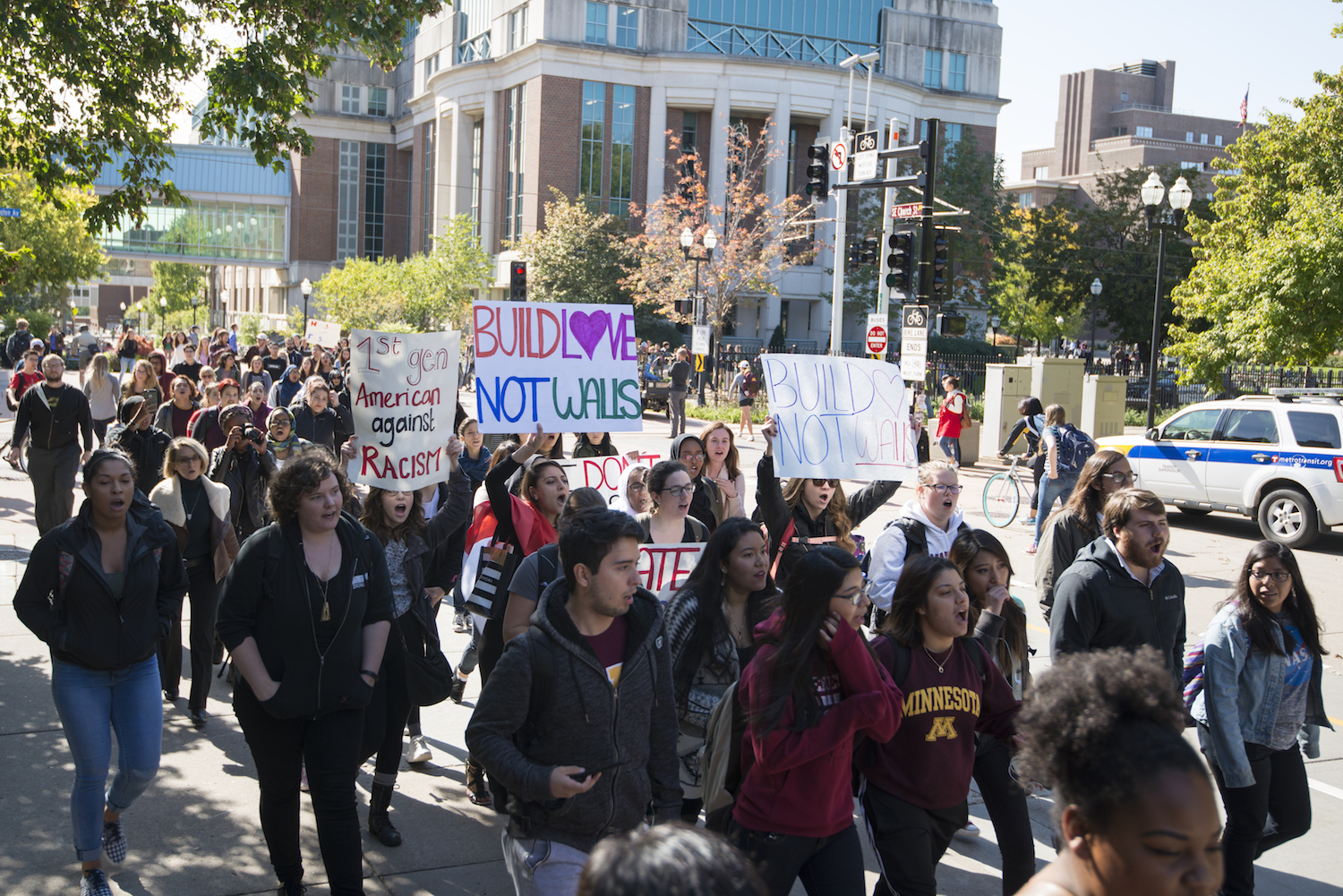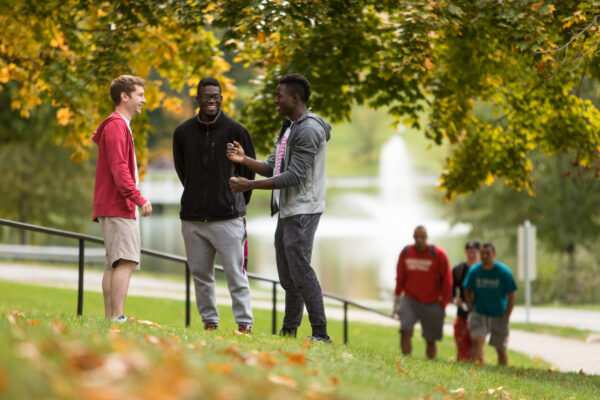How Higher Ed Leaders Can Manage Campus Policing
Title: Campus Policing: A Guide for Higher Education Leaders
Authors: Jude Paul Matias Dizon, Maritza E. Salazar, Elif Yucel, and Edgar Fidel Lopez
Source: University of Southern California Pullias Center for Higher Education
Increased attention to police brutality and violence against Black Americans in recent years has led to an uptick in student-led activism on college campuses. In response, the University of Southern California Pullias Center for Higher Education released a guide for institutional leaders on managing campus policing.
The report provides a brief overview of the historical context of campus policing. Key facts around the current police force on campuses include:
- Campus police often respond, patrol, and arrest beyond campus boundaries given that many campuses are embedded within communities.
- A majority of students (75 percent), especially those from minoritized communities, noted racial profiling on campus and said they did not feel safe with campus police permitted to carry firearms.
- The involvement of police on campus was shown to directly impact campus climate.
The report provides questions for institutional decision-makers and other stakeholders to consider as they respond to student demands for a safe and inclusive campus environment. Recommendations around policing acknowledge the complexities of managing legal mandates and encourage leaders to examine “gray areas” as a way to embed race-conscious approaches to policing on campus.
Read the full report here.
—Ángel Gonzalez
If you have any questions or comments about this blog post, please contact us.


